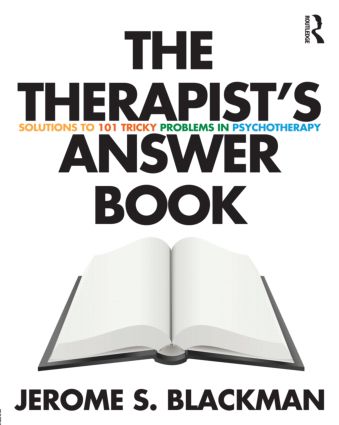Book Chapters
(2016) Laziness vs. Shame. In: Shame. Edited by Salman Akhtar. London: Karnac
(2014) Fear of Injury. In: Fear: A Dark Shadow across our Life Span. Edited by Salman Akhtar. London: Karnac. pp. 123-146.
(2013) "Object Clarification" in the Treatment of Lonely Heterosexual Men. In: Encounters with Loneliness. Edited by Arlene Kramer Richards, Lucille Spira, and Arthur Lynch. New York: International Psychoanalytic Books.
(2011) Separation, Sex, Superego, and Skype. In: The Electrified Mind: Development, Psychopathology, and Treatment in the Era of Cell Phones and the Internet. Edited by Salman Akhtar. Northvale, New Jersey: Jason Aronson.
(2002) Shift from Homosexual to Heterosexual Orientation during the Termination Phase of Psychoanalysis. In: Objects of Desire: The Sexual Deviations., Eds. K. Gould, M.D., S. Kramer, M.D., A. Freedman, M.D. & C. Socarides, M.D. Madison, Connecticut: International Universities Press.
(2001) On Childless Stepparents. In: Stepparenting: Creating and Recreating Families in America Today. Eds: Cath, S. & Shopper, M. Hillsdale, New Jersey: The Analytic Press.
(1991) Instinctualization of Ego Functions and Ego Defects in Male Homosexuals: Implications for Psychoanalytic Treatment. In: The Homosexualities and the Therapeutic Process. Eds: Volkan, V. & Socarides, C. Madison, CT: International Universities Press.
Journal Articles (for an off-print, contact Dr. Blackman)
(2012) Review of Psychoanalytic Technique Expanded: A Textbook on Psychoanalytic Treatment, by Vamik D. Volkan, OA Publishing, Istanbul, 2011. American Journal of Psychoanalysis 72: 195-201.
(2011) Defense mechanisms in the 21st century. Synergy 16:1-7. Kingston, Ontario: Queen's University Medical School Department of Psychiatry.
(2003) Dynamic supervision concerning a patient's request for medication. Psychoanalytic Quarterly 72:469-476.
(2000) Bizet’s Carmen on the Couch. Virginia Opera Voice. Fall, 2000.
(1997) Teaching psychodynamic technique during an observed analytic psychotherapy interview. Academic Psychiatry 35:148-154.
(1994) Psychodynamic techniques during urgent consultation interviews. Journal of Psychotherapy Practice & Research 3: 194-203.
(1991) Intellectual dysfunction in abused children. Academy Forum 35:7-10.
(1987) Character traits underlying self-neglect and their connection with heart disease. Journal of the Louisiana State Medical Society 139(2): 31-34.



